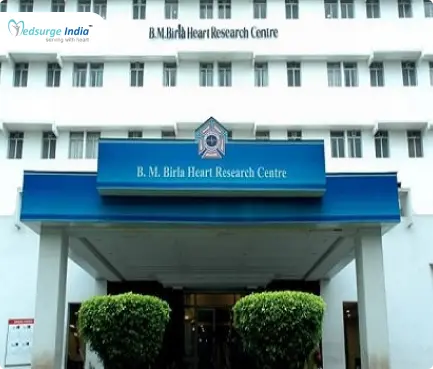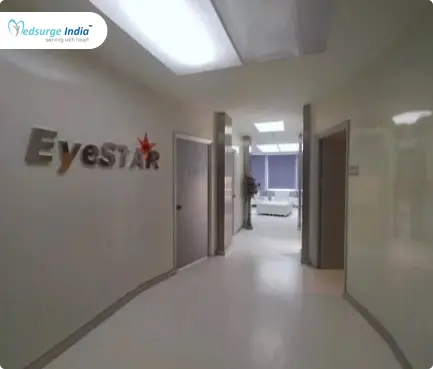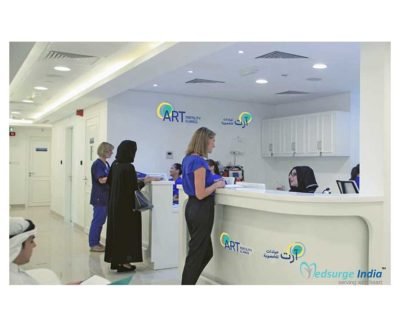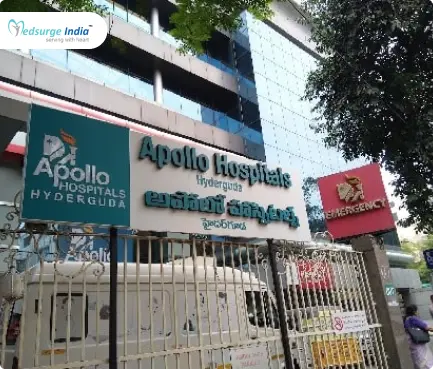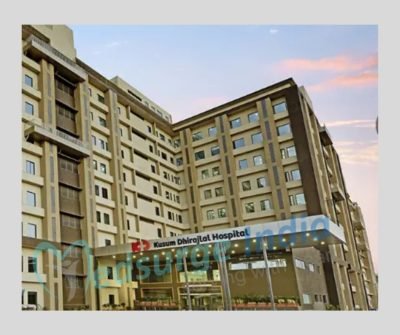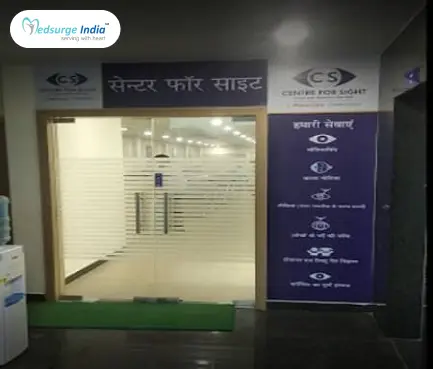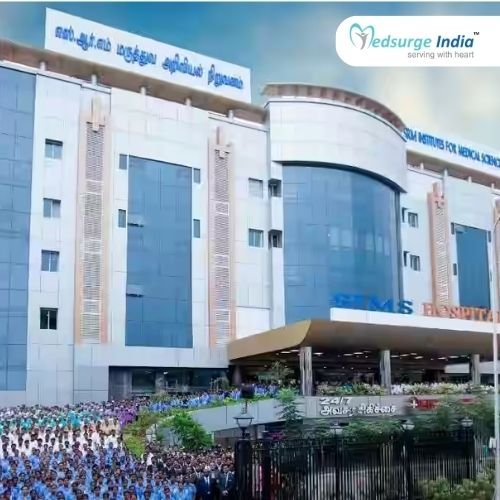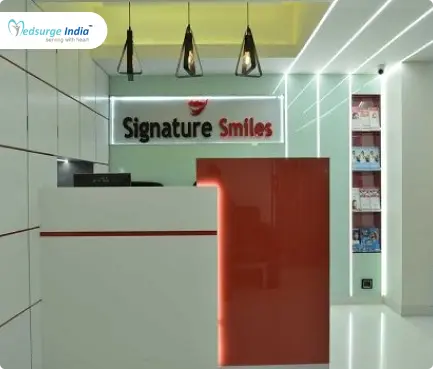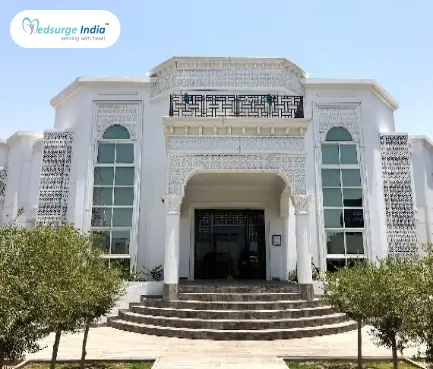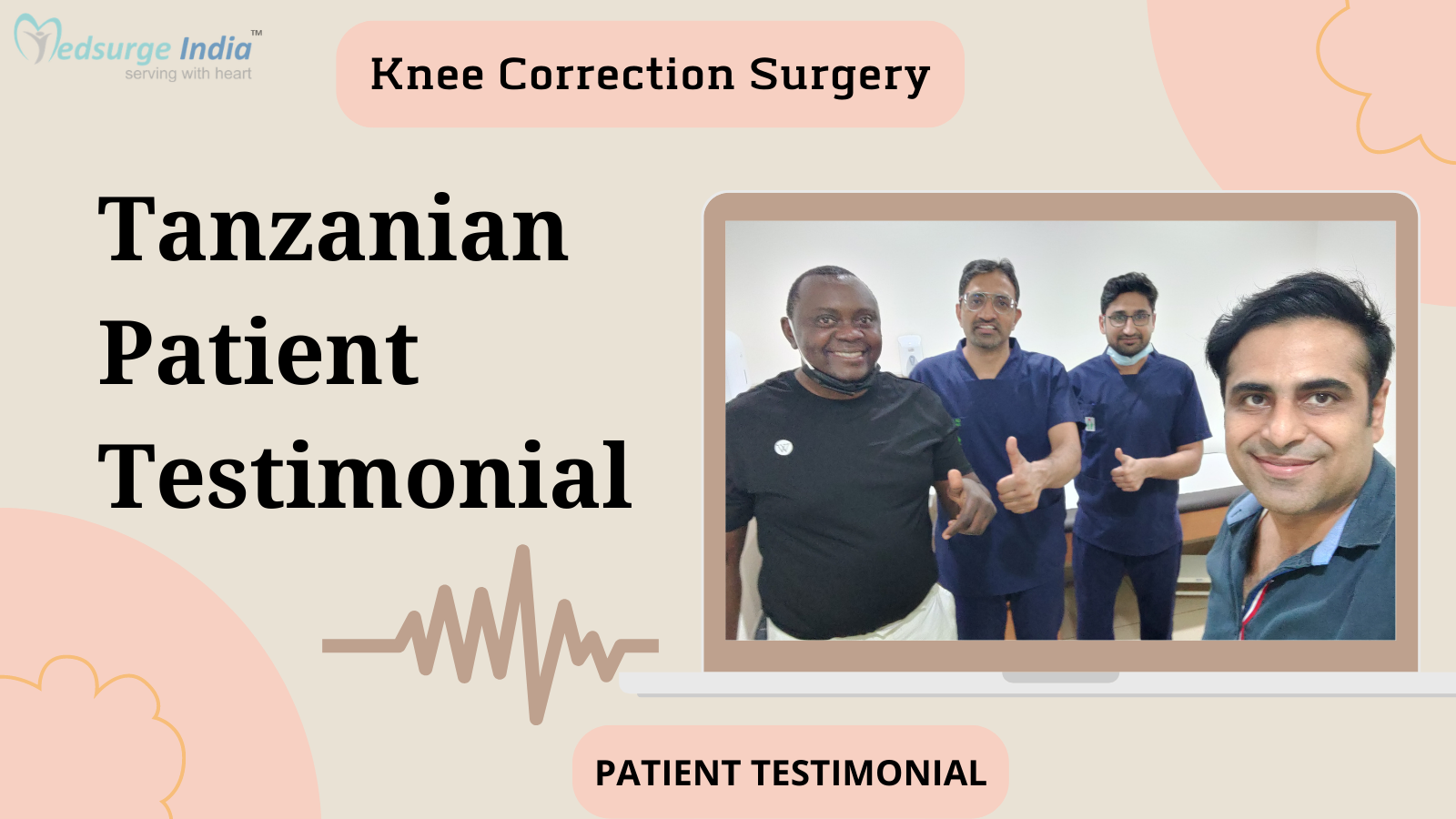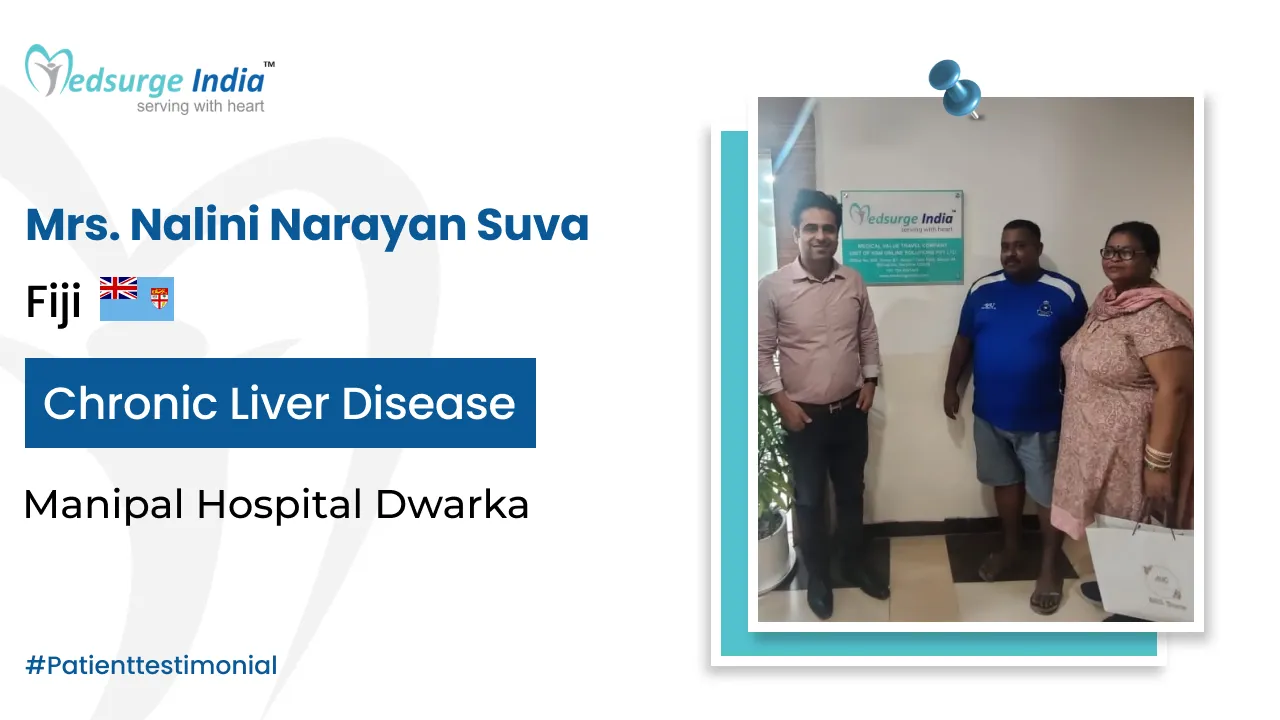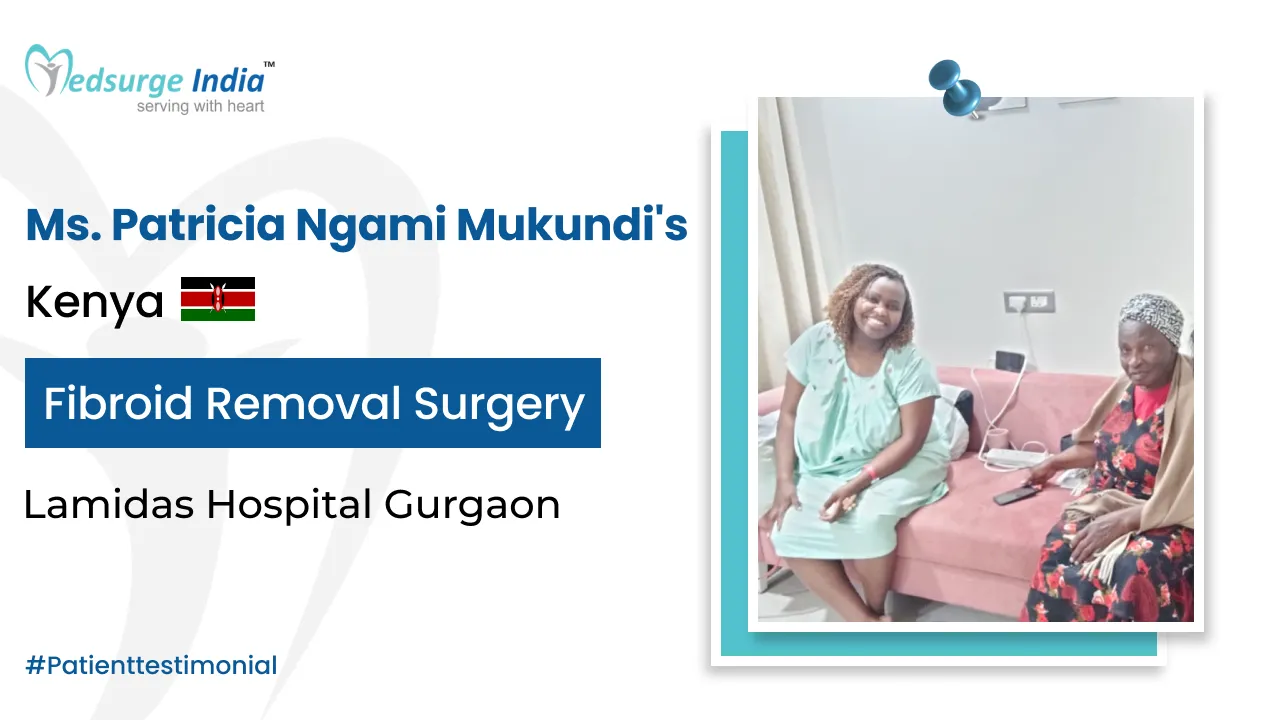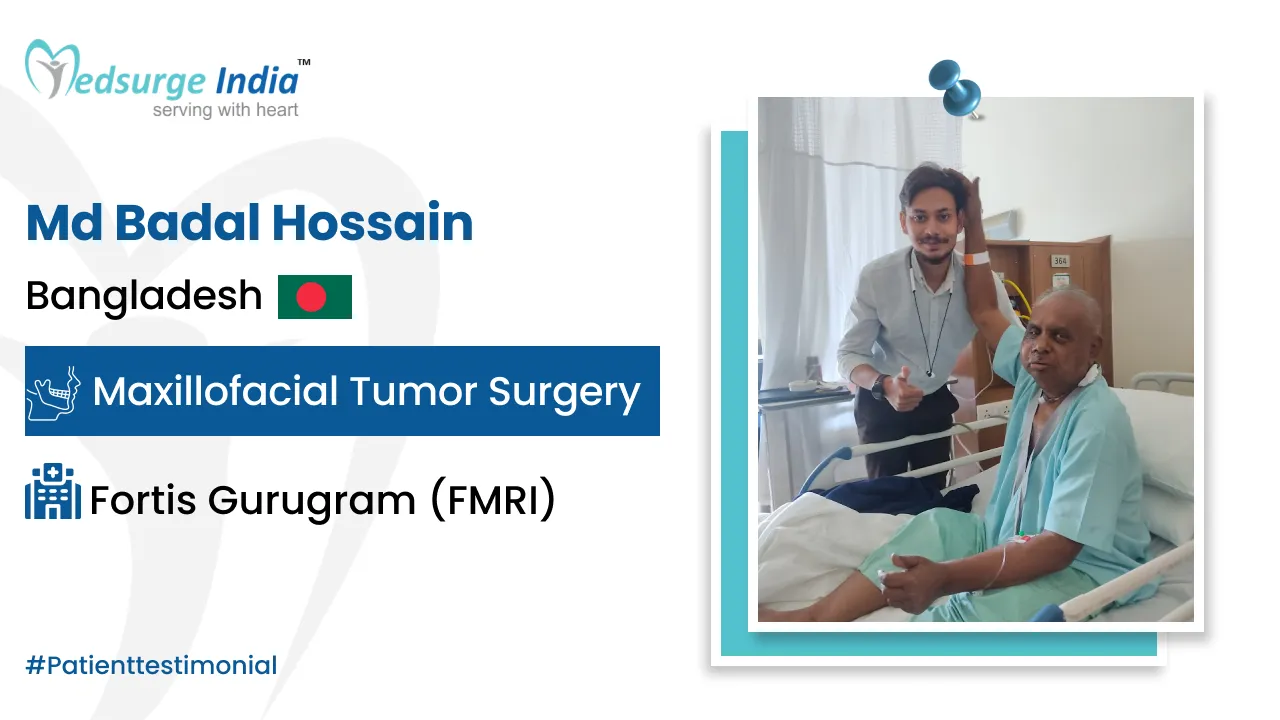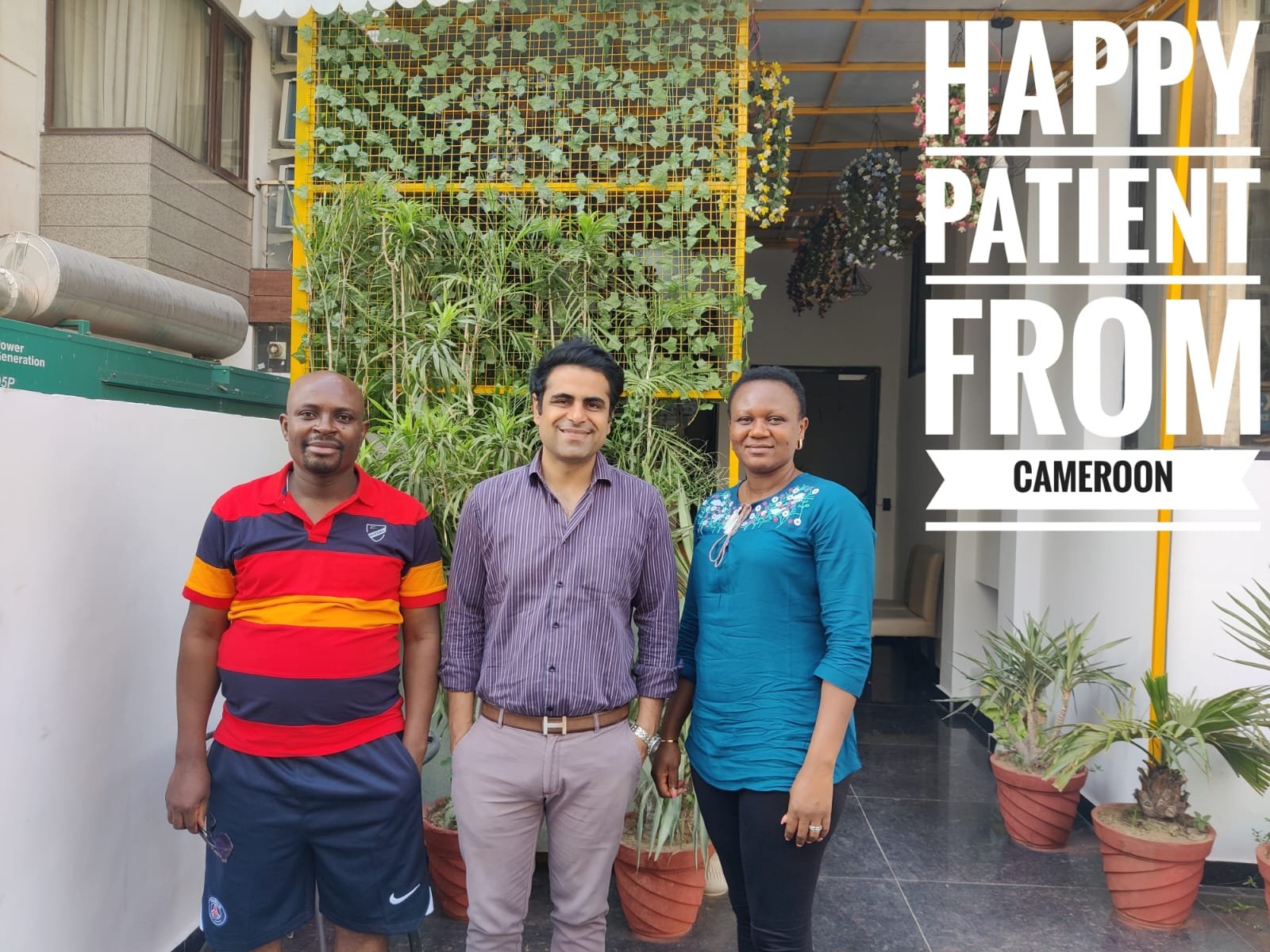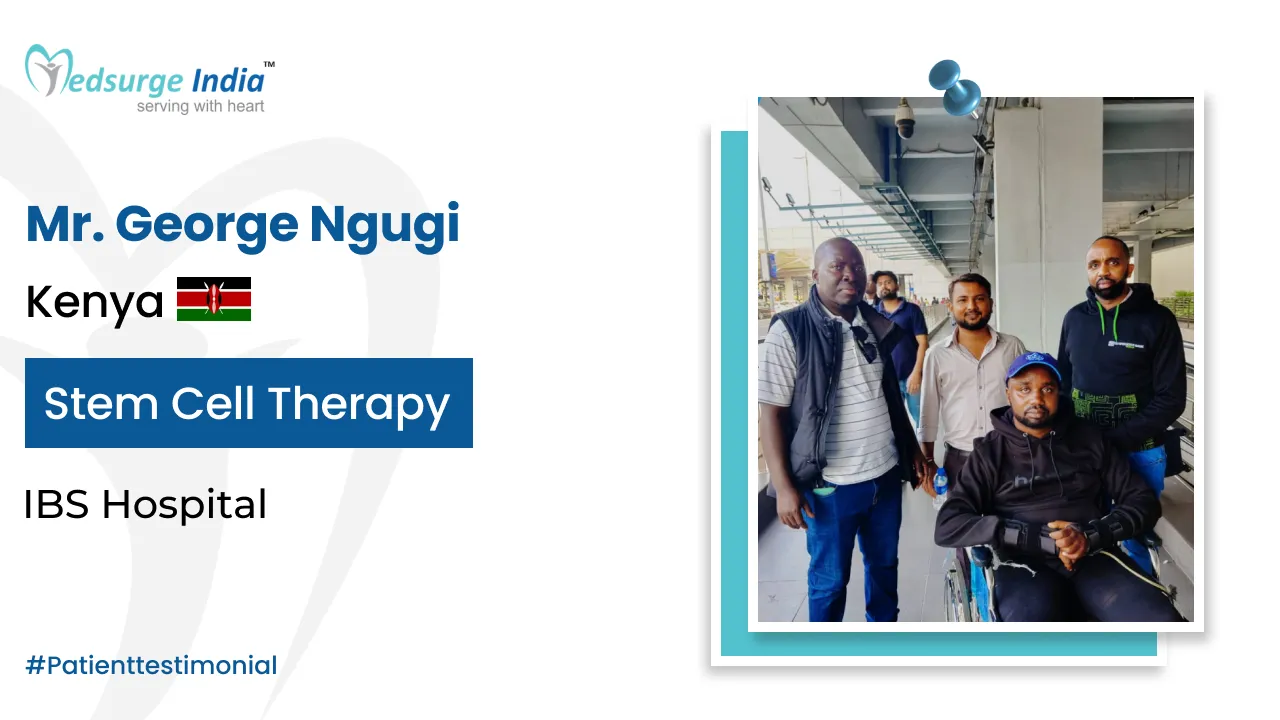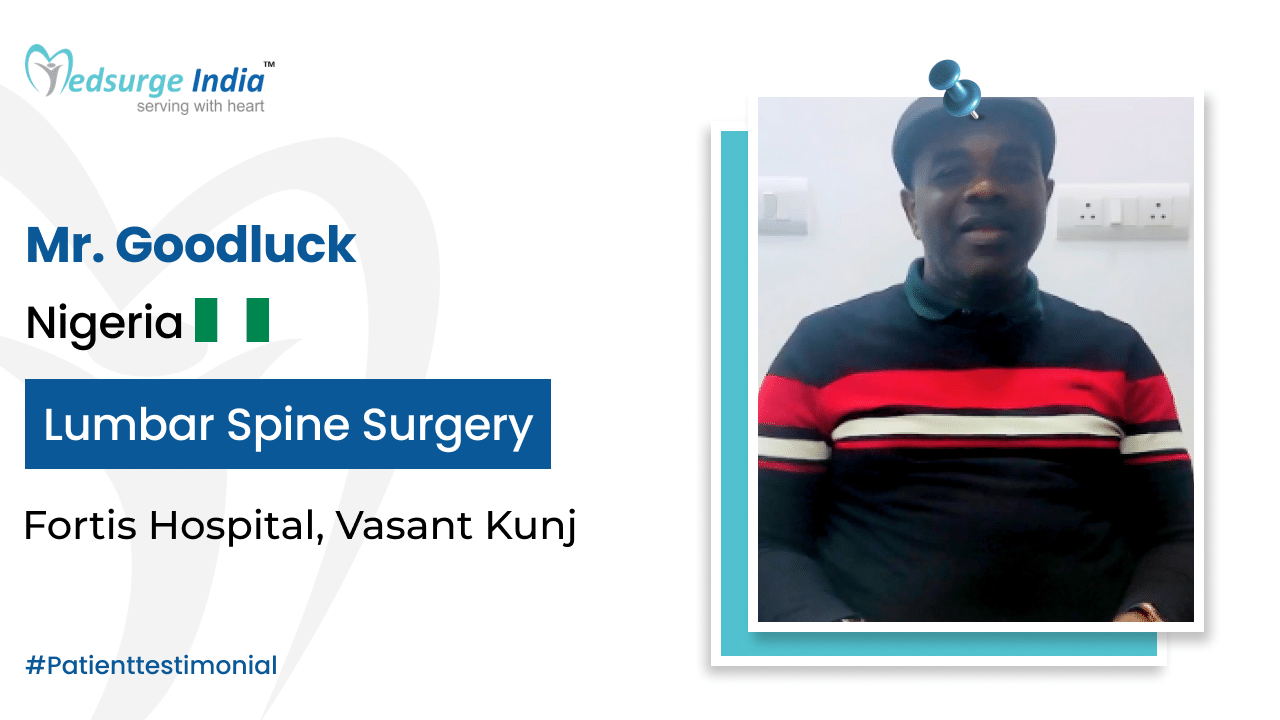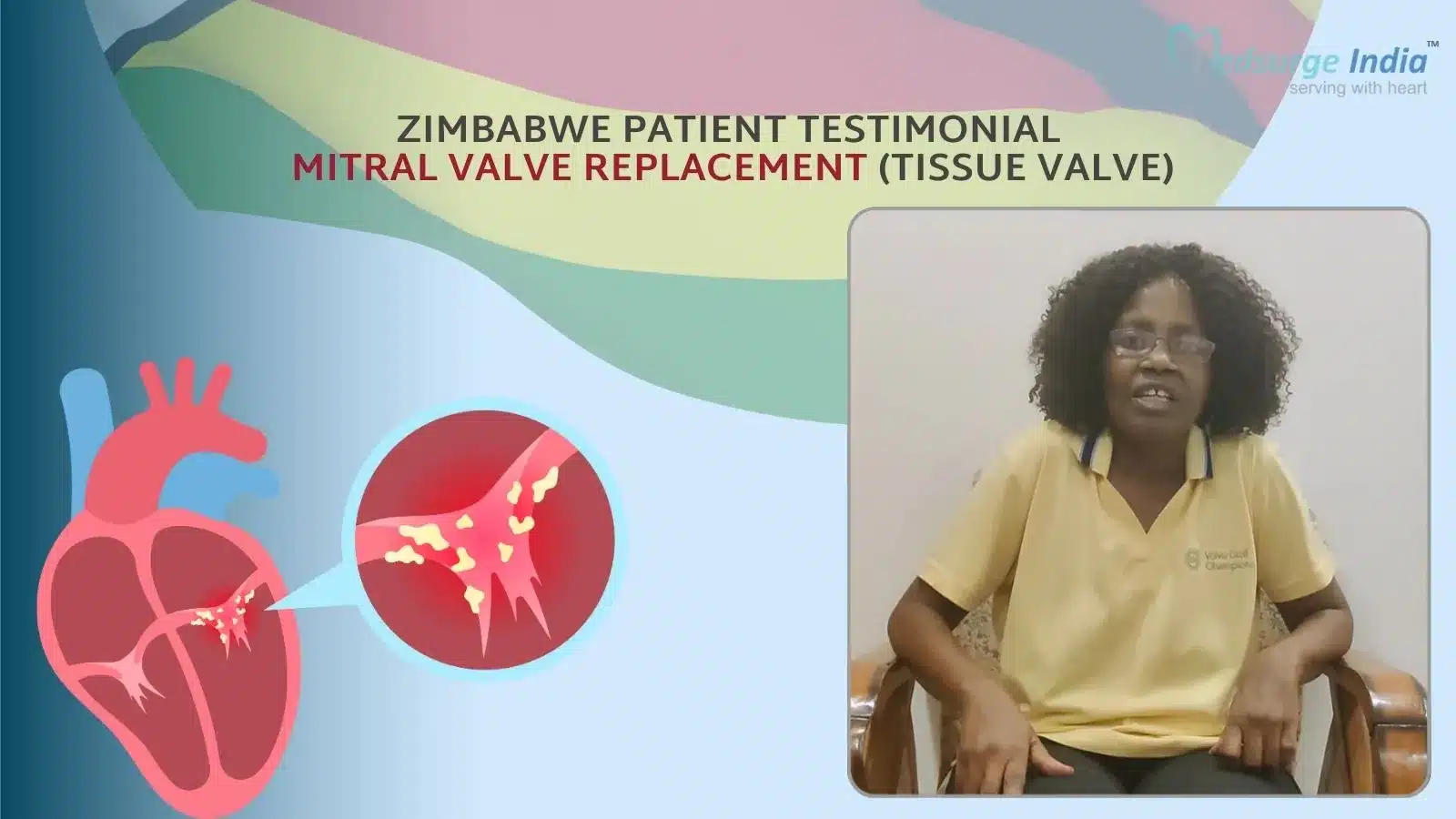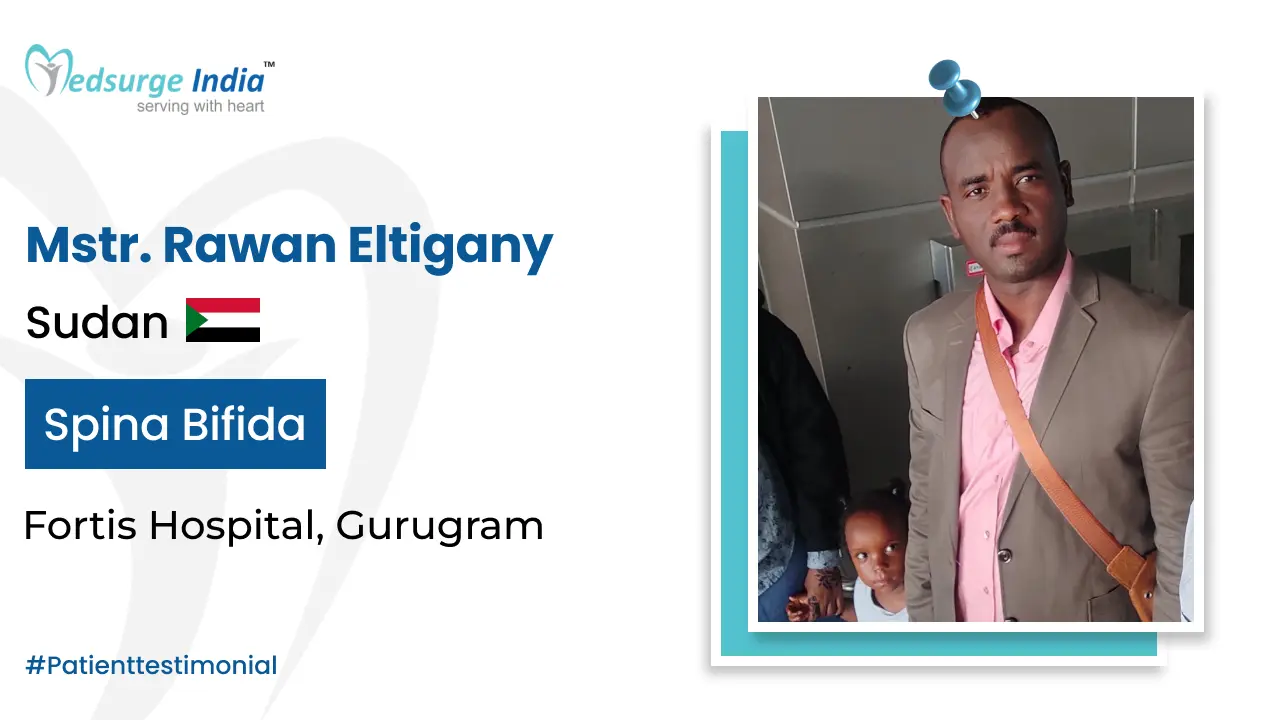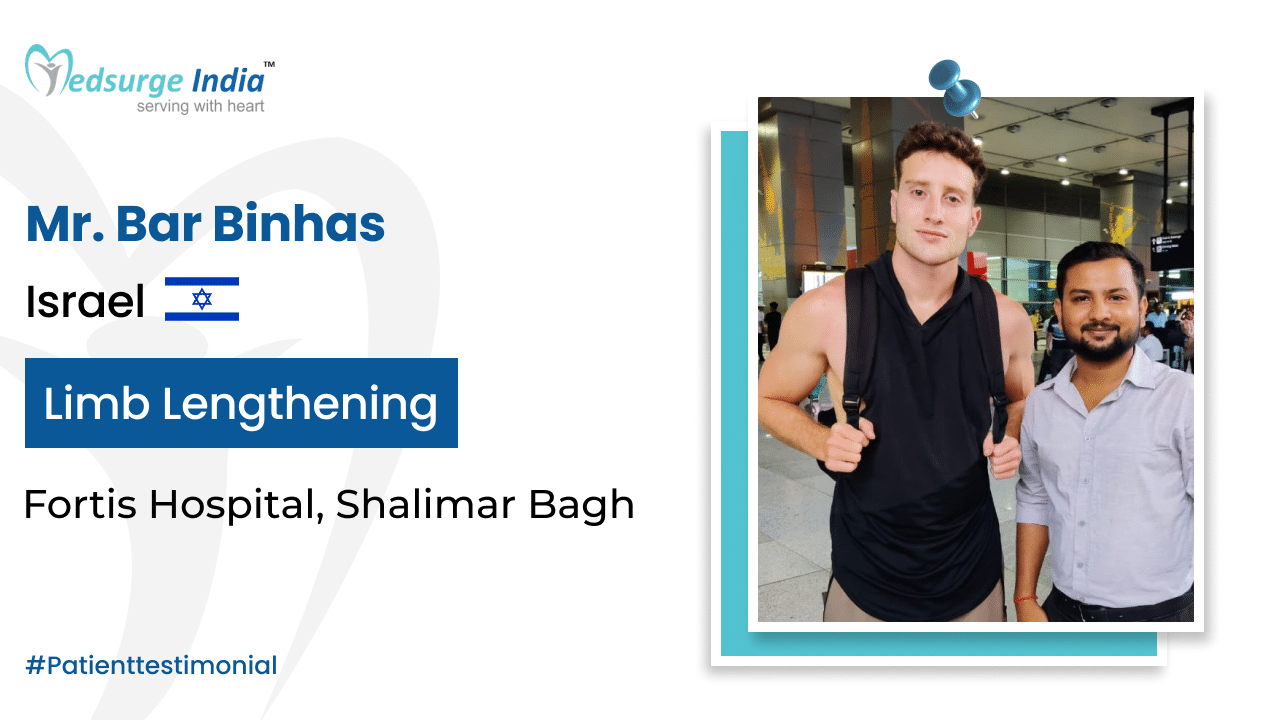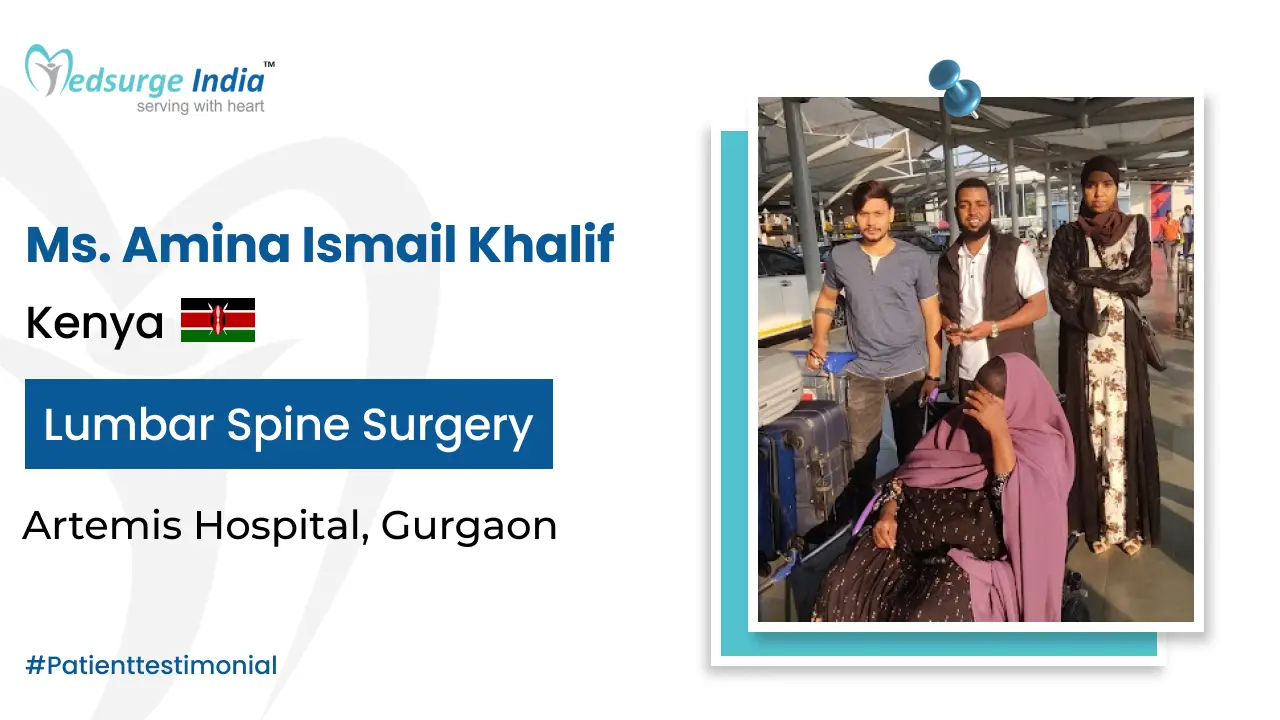
Are you concerned about the appearance of your drooping eyelids or under-eye bags? You should explore blepharoplasty surgery to refresh your eyes. This surgical procedure enhances the look of your eyelids by minimizing the appearance of fatigue in the lower lids and eliminating excess skin from the upper lids.
For the treatment of blepharoplasty (eye lid) surgery, you can opt for Turkey as the country has emerged as a leading location for this treatment, providing a blend of experienced surgeons, state-of-the-art facilities, and competitive pricing.
Here we will delve into all aspects of blepharoplasty (eye lid) surgery cost in Turkey as well as cover the various types of eyelid procedures, the associated benefits and risks, and what you can anticipate during the surgery. We aim to equip you with essential information to help you make a well-informed choice.
Blepharoplasty Surgery Cost in Turkey
Blepharoplasty (Eye Lid) Surgery Cost in Turkey start from 2500 USD and can go up to 3500 USD as the cost might vary depending on the area of your eyelid which can be the upper eyelid, lower eyelids, or both.
Blepharoplasty Surgery Cost in Different Cities in Turkey
| Cities | Prices |
| Istanbul | $2500 to $3500 |
| Antalya | $2100 to $3500 |
| Izmir | $2300 to $3500 |
| Ankara | $2100 to $3500 |
Factors That Can Affect Blepharoplasty Surgery Cost in Turkey
The cost of blepharoplasty (eye lid) surgery in Turkey can vary due to several factors, including the surgeon’s qualifications, the clinic’s geographical location, the intricacy of the procedure, and the specific type of (eye lid) surgery being performed (upper, lower, or both).
Here’s a more detailed overview of blepharoplasty (eye lid) surgery cost in Turkey influencing factors:
1) Surgeon’s Qualifications and Reputation:
– Skilled surgeons: Typically charge higher fees due to their expertise and successful outcomes.
– Specialized surgeons: Such as oculoplastic surgeons, may also have elevated rates.
2) Type of Procedure:
– Upper eyelid surgery (blepharoplasty): Generally costs less than lower eyelid surgery or combined procedures.
– Lower eyelid surgery: Tends to be more intricate and may involve advanced techniques, resulting in higher costs.
– Double eyelid surgery (Asian blepharoplasty): Has its own distinct pricing model.
3) Clinic Location and Facilities:
– Clinics situated in major urban areas: Those equipped with state-of-the-art facilities may incur higher operational costs, which can be reflected in their pricing.
– The specific location within Turkey: (For instance, Istanbul or Antalya) can also affect costs.
4) Complexity of the Case:
– Patients with significant sagging or excess skin: May need more extensive surgical intervention, leading to increased expenses.
– Pre-existing medical conditions: Individual health histories can also impact the complexity and overall cost of the procedure.
5) Additional Costs:
– Travel and accommodation expenses: For international patients can contribute to the total cost.
– Post-operative care and follow-up visits: Should also be included in the financial planning.
What is Blepharoplasty?
Blepharoplasty, commonly known as eyelid surgery, enhances the aesthetic appeal of the eye region. This procedure addresses puffiness in the lower eyelids and involves the removal of surplus skin, muscle, and underlying fat. However, in certain cases, practitioners may opt to reposition the tissues instead of excising them.
As we age, our skin naturally loses its elasticity, and this decline, coupled with the persistent force of gravity, leads to the accumulation of excess skin on both the upper and lower eyelids. Blepharoplasty can be conducted on the upper eyelids, the lower eyelids, or on both areas simultaneously.
Who Can Be a Good Candidate For The Surgery?
Ideal candidates for blepharoplasty are typically individuals aged 30 and above who are in good health and do not have any pre-existing eye conditions. It is important to inform your healthcare provider if you have any of the following issues:
- Eye diseases such as glaucoma, dry eyes, or a detached retina.
- Thyroid conditions include Graves’ disease, hypothyroidism, or hyperthyroidism.
- Cardiovascular issues, high blood pressure, or other circulatory problems.
- Diabetes.
Maintain realistic expectations regarding the outcomes of blepharoplasty. While eyelid surgery can improve your appearance and boost your self-esteem, it is not intended to dramatically alter your overall look. Many individuals naturally have eyes that are not perfectly symmetrical or that differ in size.
Such asymmetries often develop during early growth stages. Blepharoplasty will not change your facial structure. It is crucial to have a good understanding of your facial features before opting for surgery. Take the time to reflect on your expectations and discuss them thoroughly with your surgeon.
How Blepharoplasty Surgery is Performed and What are its Different Types?
Before one starts the treatment the following procedures are typically followed:
Consultation: The journey begins with an in-depth consultation with your surgeon. During this meeting, they will discuss your objectives, potential risks, and expected outcomes, as well as assess your eligibility for the procedure.
Pre-Operative Instructions: Your surgeon will give you tailored instructions to prepare for the surgery. This may involve avoiding specific medications, quitting smoking, and arranging for someone to assist you with post-operative care.
Medical Tests: Based on your health status and the details of the surgery, you might need to undergo certain medical tests to confirm your fitness for the procedure.
During the Procedure
Anesthesia: Blepharoplasty is generally performed using local anesthesia combined with sedation, allowing you to remain awake yet comfortable. In some instances, general anesthesia may be utilized.
Incision: The surgeon will create precise incisions along the natural contours of your eyelids. For the upper eyelids, the incision is typically placed in the eyelid fold, while for the lower eyelids, it may be positioned just below the lash line.
Reshaping: The surgeon will carefully remove or reposition excess skin, muscle, and fat. Afterward, the incisions are closed with delicate sutures.
After the Procedure
Recovery: Post-blepharoplasty recovery usually involves some swelling, bruising, and discomfort, which can be alleviated with prescribed medications and cold compresses. Most patients can return to their normal activities within a week, although complete healing may take several weeks.
Follow-Up: Your surgeon will arrange follow-up appointments to track your recovery and ensure proper healing.
Results: While you may notice improvements relatively quickly, the final results can take several months to fully develop as swelling diminishes and the tissues settle.
Different Types of Blepharoplasty Surgery
Depending on your objectives and your surgeon’s advice, blepharoplasty may target the upper eyelids, lower eyelids, or both.
Upper Blepharoplasty
In an upper blepharoplasty, the surgeon creates incisions along the natural fold of the upper eyelid. These cuts are designed to be concealed when your eyes are open. The procedure involves the removal of excess skin and bulging fat, after which the incisions are sutured closed.
Lower Blepharoplasty
For a lower blepharoplasty, the surgeon makes an incision just beneath the lower lash line. This incision allows for the removal of excess skin from the lower eyelid. Additionally, a transconjunctival incision, which is made inside the lower eyelid, may be utilized to address issues in that area and to redistribute or eliminate excess fat.
What are its Benefits and Risks?
Blepharoplasty is a widely sought-after cosmetic surgery aimed at altering the eyelids. This procedure can be undertaken for both functional and aesthetic purposes. Some notable advantages of blepharoplasty include:
- Youthful appearance
- Increased self-esteem
- Rapid recovery time
- Enhanced vision
- Decreased puffiness around the eyes
- Correction of sagging eyelids
- Tailored approach to individual needs
- Limited scarring
- Low risk of complications.
It is crucial to maintain realistic expectations and engage in a thorough discussion about all facets of the surgery, including possible risks, with a qualified plastic surgeon. The appropriateness of the procedure can differ among individuals and is influenced by factors such as age, skin type, and overall health.
Risk
As with any surgical procedure, blepharoplasty carries certain risks. These potential complications include:
- Infection and excessive bleeding
- Dryness and irritation of the eyes
- Difficulty closing the eyes or other eyelid-related problems
- Noticeable scarring
- Changes in vision or damage to the eye structures.
If you encounter any of these issues after your surgery, it is important to contact your surgeon right away.
Why Choose Blepharoplasty Surgery in Turkey?
Turkey has established itself as a premier destination for cosmetic surgery, thanks to its combination of high-quality medical services and affordability. Here are several reasons why Turkey is an outstanding option for blepharoplasty:
Skilled Surgeons: Turkish cosmetic surgeons possess extensive training and experience, with many holding international certifications. They typically operate in cutting-edge facilities that comply with strict safety regulations.
Cost-Effective Solutions: The price of blepharoplasty in Turkey is considerably lower than in many Western nations. This cost-effectiveness does not detract from the quality of care, making it a compelling choice for numerous patients.
All-Inclusive Packages: Many clinics provide all-inclusive packages that cover not just the surgery but also accommodation, transportation, and post-operative support. This approach can streamline the process and improve the overall experience.
State-of-the-Art Facilities: Turkey is home to a variety of accredited hospitals and clinics equipped with advanced technology and modern conveniences. Many of these facilities have received international accreditation, ensuring they adhere to global healthcare standards.
Scenic Locations: Turkey offers the unique opportunity to combine medical procedures with a vacation. Cities such as Istanbul, Antalya, and Izmir present rich cultural experiences and stunning landscapes, enhancing the enjoyment of your medical journey.
How can Medsurge India Help?
Blepharoplasty surgery in Turkey presents an attractive blend of top-notch medical care, skilled surgeons, and affordability. By thoroughly exploring your choices, choosing a trustworthy clinic, and adhering to pre- and post-operative guidelines, you can attain the desired aesthetic outcomes and experience a seamless recovery.
If you aim to rejuvenate your look or enhance your vision, opting for blepharoplasty surgery in Turkey could be a beneficial and fulfilling decision. If you have any questions or need assistance in planning your procedure, please reach out to Medsurge India for more information. We are recognized for offering affordable treatment options, consultations, and access to leading doctors and hospitals, along with travel accommodations and many more.
Get Free Cost Estimation
The Most Important Frequently Asked Questions
Q: What is the duration of a blepharoplasty?
A: Your eyes will continue to age even after blepharoplasty. However, the effects typically remain for a long time. While lower eyelid surgery rarely requires repeat procedures, upper eyelid surgery can last anywhere from five to seven years to a lifetime.
Q: At what age is blepharoplasty most effective?
A: The skin surrounding our eyes starts to lose its elasticity in our mid-to late-30s, and it may begin to sag or droop. Thus, eyelid surgery became a viable option for reviving the eyes and giving them a more youthful appearance.
Q: How long do blepharoplasty stitches remain in place?
A: It usually takes 7–10 days for the skin incision to completely close and the suture lines to thin. Depending on your healing status, your surgeon will usually remove non-dissolvable stitches as part of the stitch removal procedure in 5–10 days.
Q: Blepharoplasty: is it safe?
A: Although most cosmetic eye surgeries are safe, there is always a chance of infection, hemorrhage, or scarring. To prevent problems, adhere to the pre- and post-operative instructions provided by your care team and maintain an open line of communication regarding any worries you may have during the healing process.
Top Hospitals for Blepharoplasty Surgery in Turkey
Top Doctors for Ophthalmology
Dr. Leyla Kandur
Consultant
Experience: 25 years of experience
LIV Hospital, Istanbul
Istanbul, Turkey
Dr. Aziz Serkan Topaloglu
Cataract Surgeon , Glaucoma Surgeon Consultant
Experience: 12 years of experience
Batigoz Eye Hospital Balcova
Izmir, Turkey
Spec. Dr. Faruk Eroğlu
Consultant
Experience: 18 years of experience
Hisar Hospital Intercontinental, Istanbul
Istanbul, Turkey
Dr. Ahmet Tasar
Cataract Surgeon Consultant
Experience: 31 years of experience
Batigoz Eye Hospital Balcova
Izmir, Turkey
M.D. Afsun Şahin
Professor
Experience: 17 years of experience
KOC University Hospital, Istanbul
Istanbul, Turkey
Dr. Suleyman Cataltepe
Consultant
Experience: 19 years of experience
Kolan International Hospital, Istanbul
Istanbul, Turkey
Dr. Tulin Kacmaz
Consultant
Experience: 13 years of experience
Batigoz Eye Hospital Balcova
Izmir, Turkey
Dr. Hakan Ciftci
Senior Consultant
Experience: 20 years of experience
Kolan International Hospital, Istanbul
Istanbul, Turkey
Dr. Mehmet Dokuyucu
Consultant
Experience: 19 years of experience
Kolan International Hospital, Istanbul
Istanbul, Turkey
Prof. Dr.Levent Alimgil
Professor
Experience: 30 years of experience
Istanbul Cerrahi Hospital, Sisli
Istanbul, Turkey
Dr. İnanç Güngör
Consultant
Experience: 16 years of experience
American Hospital, Istanbul
Istanbul, Turkey
Assoc Prof. Hasan Basri Arifoglu
Associate Professor
Experience: 13 years of experience
Okan University Hospital, Tuzla
Istanbul, Turkey
Prof. Volkan Dayanir
Cataract Surgeon , Glaucoma Surgeon Consultant
Experience: 31 years of experience
Batigoz Eye Hospital Balcova
Izmir, Turkey
M.D. Ayşe Yıldız Taş
Associate Professor
Experience: 7 years of experience
KOC University Hospital, Istanbul
Istanbul, Turkey
Dr. Ayhan Onal
Cataract Surgeon , Glaucoma Surgeon Consultant
Experience: 30 years of experience
Batigoz Eye Hospital Balcova
Izmir, Turkey
Prof. Dr. Ziya Kapran
Senior Consultant
Experience: 28 years of experience
Neo Retina Clinic
Istanbul, Turkey
Dr. Cengiz Aras
Professor
Experience: 19 years of experience
Medipol University Hospital, İstanbul
Istanbul, Turkey
Dr. Faik Bankeroğlu
Consultant
Experience: 34 years of experience
American Hospital, Istanbul
Istanbul, Turkey


